OnePlus Open Review with Pros and Cons،
The highly anticipated OnePlus Open, OnePlus’ entry into the world of foldable smartphones, has finally debuted. If the phone’s design looks oddly familiar, that’s because our exclusive first look at the OnePlus Open was spot on. Now that the phone is officially here, join us for a quick, in-depth review of OnePlus Open.
OnePlus Open Review: Design
The OnePlus Open represents the pinnacle of premium hardware in the OnePlus product line. As expected, OnePlus has spared no effort to create a foldable phone that not only looks spectacular, but also feels great in your hand. Personally, I found the OnePlus Open’s form factor to be more user-friendly than the Samsung Galaxy Z Fold 5. The OnePlus Open’s larger front screen allows you to perform all the tasks you typically do on a flagship device without the need to unfold it.
Now let’s move on to the design details. The exterior frame of the OnePlus Open features elegantly rounded corners on the hinge side, seamlessly combining style and ergonomic functionality. This remarkable device is available in two distinct finishes. The “Emerald Dusk” variant features a matte frosted glass back, similar to the shimmering aesthetic of most OPPO and Vivo phones. On the other hand, the “Voyager Black” option offers a leather-like finish, perfect for those who appreciate the tactile feel of these materials. In both color choices, your attention will immediately be drawn to the large, rounded camera island.
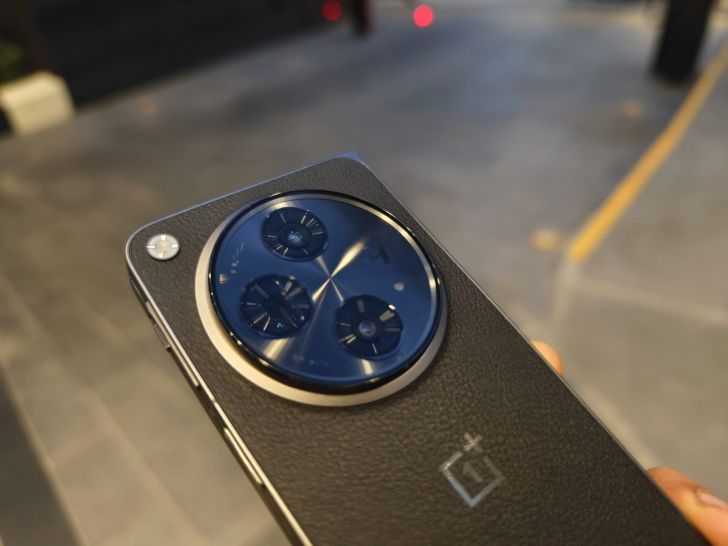
Having used the Samsung Galaxy Z Fold 5 as my primary device for a while, I can attest that the OnePlus Open feels noticeably lighter, thanks in part to a 13-gram weight difference between the two. Additionally, the OnePlus Open features a slimmer profile than the Samsung Z Fold 5. The dimensions of the OnePlus Open measure 5.8mm (unfolded) and 11.7mm (folded), while the Samsung Z Fold 5 measures 6. 1mm (unfolded). and 13.4 mm (folded). OnePlus attributes this elegance to its innovative Fexion hinge.
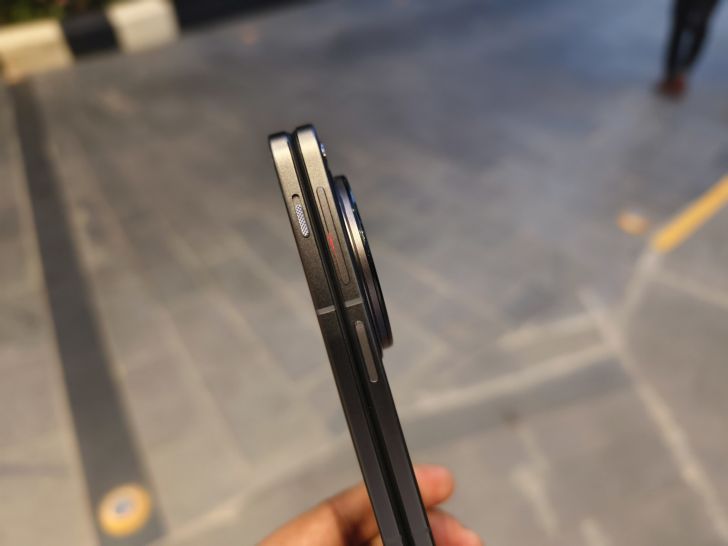
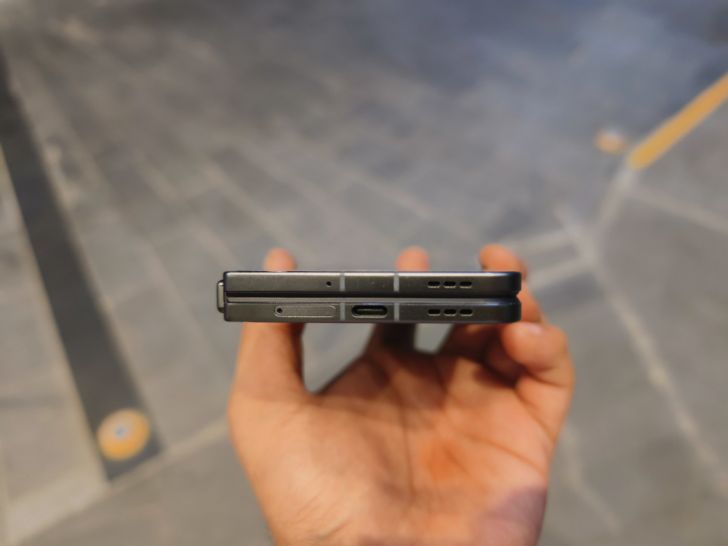
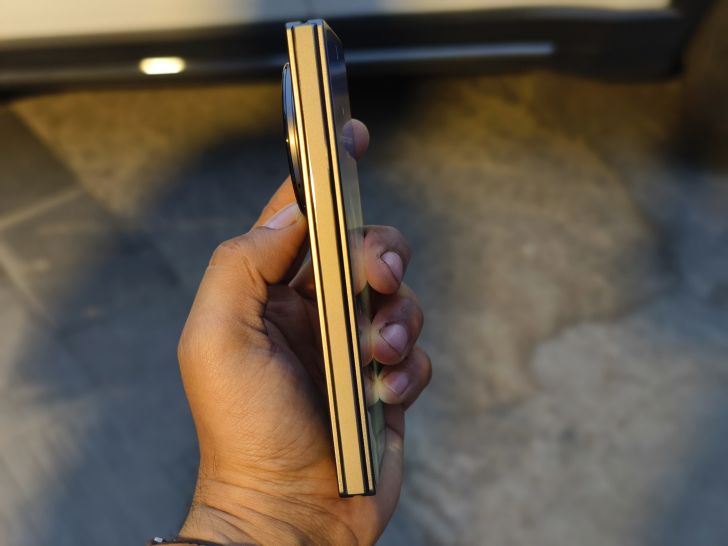
What sets OnePlus apart is the use of just 69 components in its hinge construction, resulting in a lighter and thinner device than its competitors. The hinge itself feels sturdy and should maintain its integrity over time. Notably, the OnePlus Open retains some fan-favorite features, including the alert slider and a power button housing a fingerprint sensor.
In terms of construction, OnePlus uses a mix of cobalt-molybdenum alloy and titanium alloy for the phone, while the hinge spine plate is made from an amorphous zirconium-based alloy, typically used in the creation of artificial bones. OnePlus proudly claims an IPX4 waterproof rating for the OnePlus Open, ensuring resistance to water splashes.
In conclusion, I found no grounds for complaint regarding the design of the OnePlus Open.
OnePlus Open Quick Review: Display
Samsung has long held the crown for superior displays, but OnePlus seems to have raised the bar, especially with its front display. The OnePlus Open features a spacious 6.31-inch AMOLED display on the front, featuring the cutting-edge LTPO 3.0 panel. Notably, this front display surpasses the iPhone 14 in size, allowing you to perform all your tasks without needing to unfold the phone.
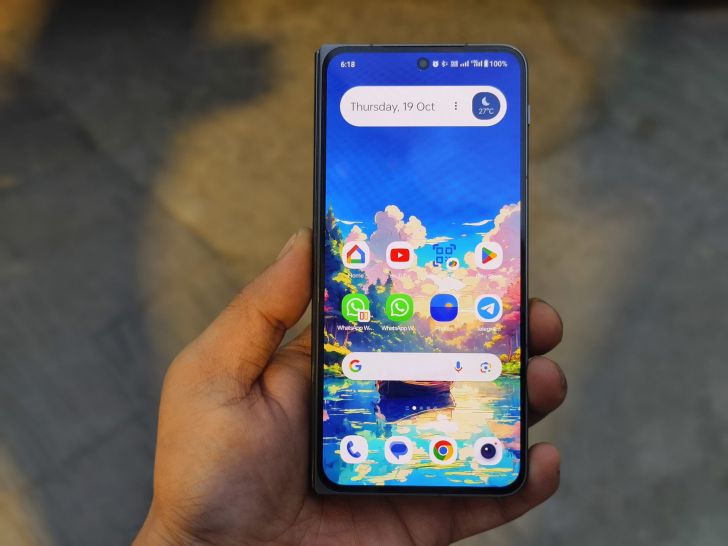
And if that’s not impressive enough, you can unfold the device to reveal a massive 7.82-inch display, which once again dwarfs the main display of the Samsung Galaxy Z Fold 5. What Sets the OnePlus Open Apart , it’s minimized crease, which is only noticeable from an off-axis angle.
The main display is a 2K panel offering a remarkable resolution of 2440 × 2268 pixels and a pixel density of 426 ppi. This panel comes from Samsung and supports an adaptive refresh rate ranging from 1Hz to 120Hz, making it ideal for people sensitive to flicker. The primary and secondary displays feature 1440Hz pulse width modulation to ensure visual comfort.
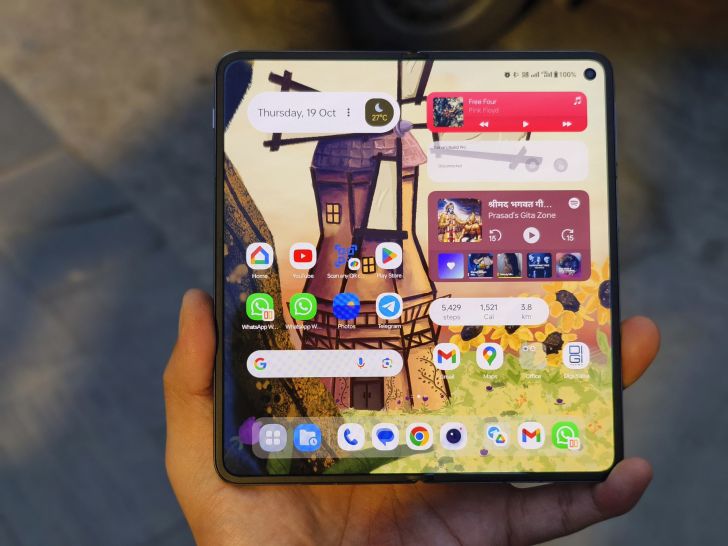
When it comes to display colors and dynamic range, the OnePlus Open really excels. The 10-bit panels provide full coverage of the DCI-P3 color gamut, delivering bright, vibrant colors without any manual adjustment. Contrast levels are equally impressive. Both the indoor and outdoor displays offer a typical brightness of 1,400 nits, with the ability to reach a dazzling peak of 2,800 nits in a smaller window. This makes it the brightest screen ever seen on a smartphone, providing a truly enjoyable content consumption experience on both the front and inner screens. Additionally, both displays support Dolby Vision.
It should be noted that due to the internal screen’s unusual aspect ratio of 1.0758:1, black bars may appear when viewing content. OnePlus is also introducing a “Nature Tone” option, using an ambient sensor to automatically adjust display colors based on your surroundings.
Moving on to the sound quality, the speakers deliver impressive performance. Although they may lack a bit of bass for some preferences, the mids and highs are more than adequate. What really stands out is their volume, as the OnePlus Open features speakers on all four corners when unfolded, providing a somewhat surround sound experience when positioned correctly.
OnePlus Open Quick Review: Software and Performance
Out of the box, the OnePlus Open runs Android 13, with OxygenOS 13.2. OnePlus has meticulously optimized the software for the foldable experience, introducing notable features like multi-window functionality. With this feature, you can seamlessly use three applications simultaneously, resizing and rearranging windows according to your preferences. By swiping the screen with two fingers, you can easily split the screen for convenience.
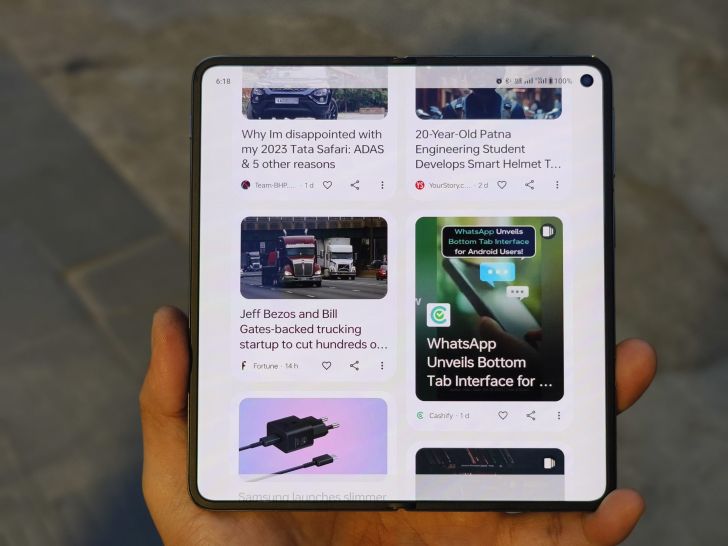
OnePlus also took inspiration from Samsung’s software, adding a fixed taskbar at the bottom. This taskbar serves the dual purpose of pinning apps and displaying recent apps. It’s worth noting that the OnePlus Open is free of bloatware, ensuring a streamlined user experience. While the software is robust, it may not match the stability of Samsung’s offerings. There are minor issues in the permanent functionality and continuity of the application. For example, the transition from using an app on the front screen to the large interior screen isn’t always smooth.
Powering the OnePlus Open is the formidable Snapdragon 8 Gen 2 chipset, widely considered one of the most powerful chipsets available on the market. Our review unit has 16GB of RAM and a storage capacity of 512GB. Additionally, the RAM can be virtually expanded by another 12GB, bringing the total to 28GB.
Although there is no microSD card slot provided to further expand the storage, the 512GB onboard storage should be more than enough even for users who do a lot of photography and 4K video recording.
The OnePlus Open performs exceptionally well in everyday use, even when multiple apps are running in the background. Its prowess extends to gaming, making it a versatile device that meets a wide range of user needs.
OnePlus Open Quick Review: Camera

Just like most of OnePlus’ flagships, the OnePlus Open features a triple rear camera system meticulously tuned by Hasselblad. This camera setup is one of the most notable features of the device, as evidenced by its distinctive design.
The impressive rear triple camera setup consists of a 64 MP telephoto lens, a 48 MP wide-angle lens, and a 48 MP ultra-wide-angle lens, providing versatility to capture various scenes and scenarios.
My experience with the OnePlus Open’s camera has been somewhat mixed. While some images turned out to be incredibly sharp, others had a softer quality. Similar to other OnePlus devices, the camera tends to apply a significant amount of processing, sometimes leading to overly sharp images. The telephoto sensor, capable of up to 6x zoom, produces slightly softer images with softened edges than one might typically expect.
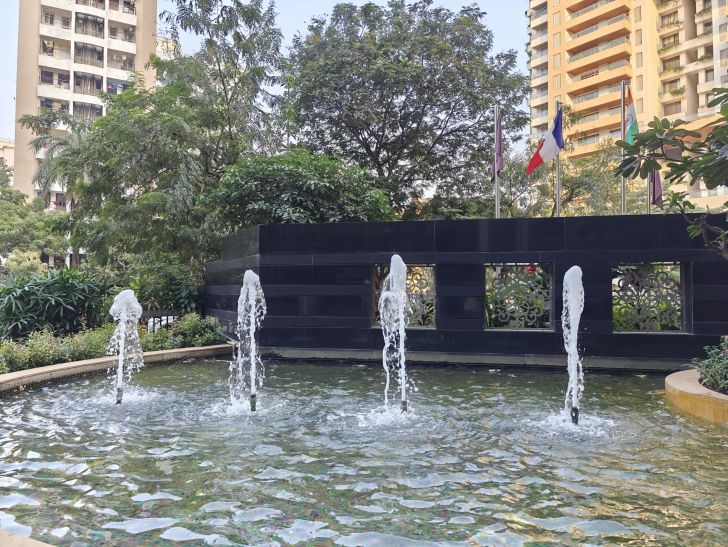


Although you can zoom up to 100x, it’s essential to note that the image quality may not be as sharp at this level, which is pretty standard. Nonetheless, you can still make out some details, which is a welcome feature. Getting a well-framed image at 100x zoom may require steady hands or the use of a tripod.
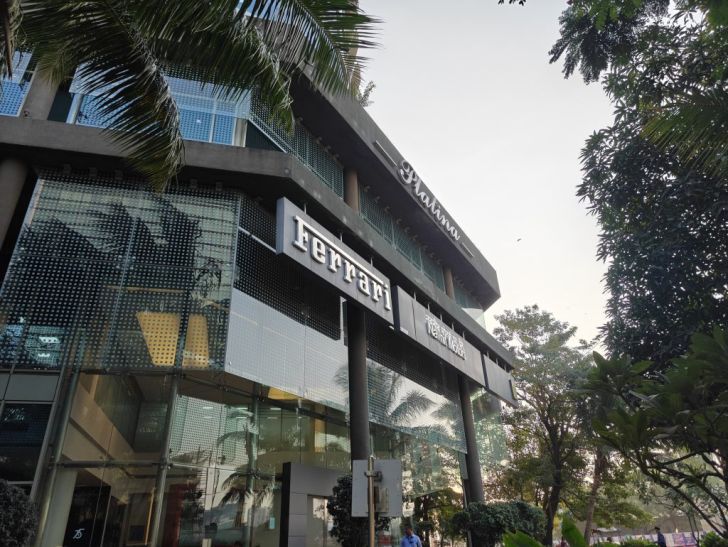


The OnePlus Open’s low-light performance isn’t its strong point. This doesn’t quite match the low-light capabilities of devices like Samsung, Pixel, or iPhone.
In the video department, the OnePlus Open can capture content at a maximum resolution of 4K@60FPS. Notably, it retains some form of image stabilization even at 4K resolution. However, enabling super steady mode limits video quality to 1080P@60FPS. Additionally, the microphone performance is commendable, ensuring that your voice is captured clearly and accurately.
OnePlus Open Quick Review: Battery life and charging
The OnePlus Open is equipped with a substantial 4805 mAh battery, beating Samsung’s latest foldable by 405 mAh. This impressive battery can comfortably see you through a full day of use, unless you engage in extended gaming sessions.
Open OnePlus Quick Review Verdict

The OnePlus Open emerges as a compelling option, sporting superior, expansive displays that outperform its competitor, the Z Fold 5. It also excels in build quality, effectively smoothing out screen creases. In terms of performance, it competes at the highest level. OnePlus further ensures an advantage with remarkable battery life and fast charging speeds. However, where OnePlus falls short is in terms of software optimization and camera performance.
















